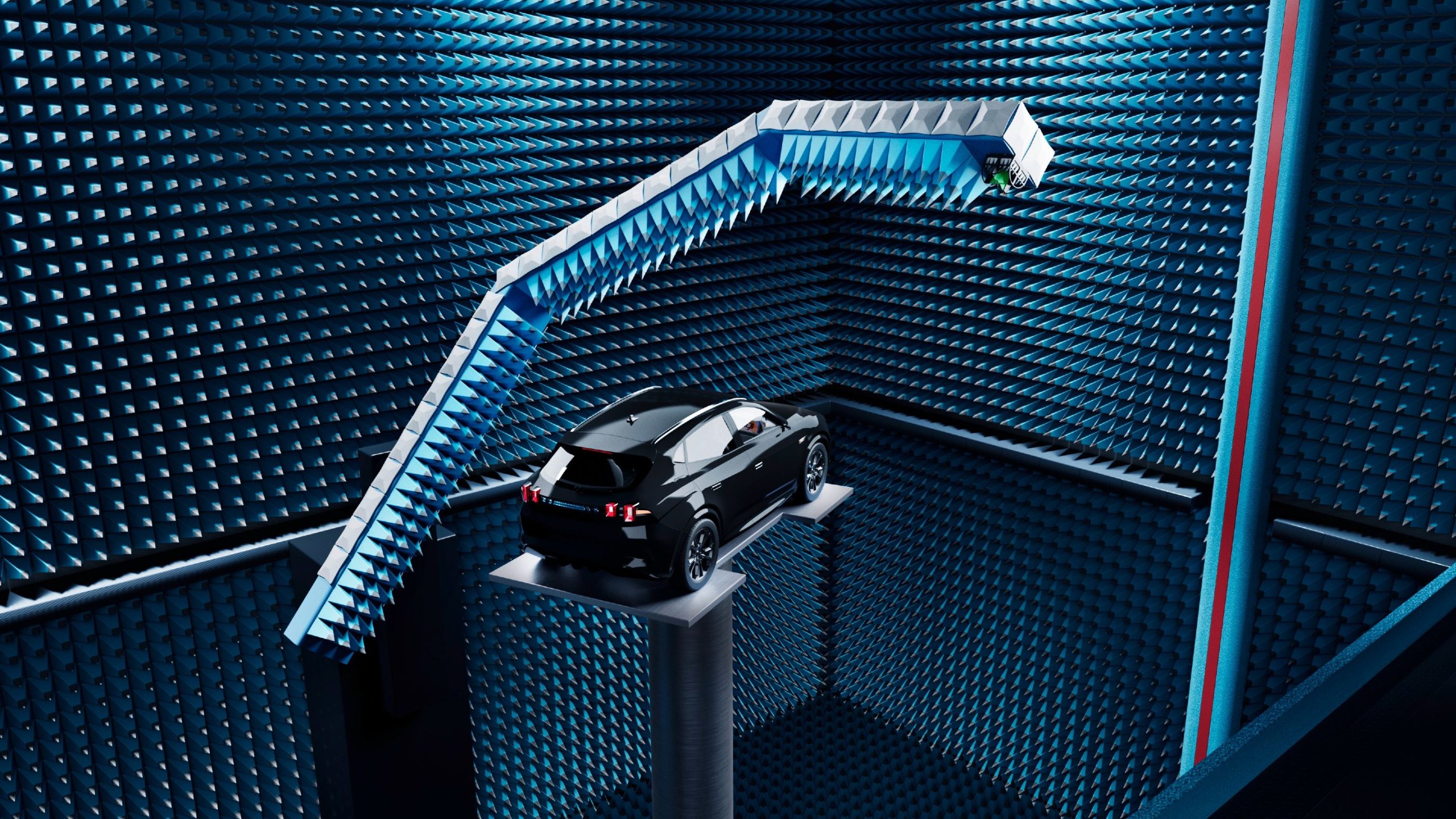The Crucial Role of Antenna Testing and Bluetooth Certification in Technology Development

In the rapidly evolving world of wireless technology, ensuring the performance and compliance of devices is essential. This is where specialized services like antenna testing and Bluetooth certification come into play. These processes are critical for developers and manufacturers who aim to deliver high-quality, reliable wireless devices to the market. Let’s explore how these testing and certification services contribute to the development and successful launch of wireless products.
Understanding the Importance of Antenna Testing
Wireless devices rely on antennas to communicate with one another and with network services. Effective antenna testing is crucial because it ensures that the antenna meets specific performance criteria essential for the device’s intended operation. This type of testing assesses various antenna characteristics such as gain, efficiency, bandwidth, and radiation patterns. By thoroughly evaluating these aspects, manufacturers can identify and rectify any issues that might degrade the device’s performance in real-world conditions.
Antenna testing is particularly important for devices operating at millimeter wave (mmWave) frequencies, which are used in applications ranging from 5G networks to automotive radar. These frequencies present unique challenges due to their high propagation loss and sensitivity to obstructions. Testing in a controlled environment helps engineers optimize antenna designs to overcome these challenges, ensuring robust and reliable communication for the end-users.
The Role of Bluetooth Certification
While antenna testing focuses on the physical and functional aspects of the wireless communication, Bluetooth certification is equally critical from a standards compliance perspective. Bluetooth certification ensures that a device adheres to the Bluetooth Special Interest Group (SIG) standards, which are required for the device to be marketed as Bluetooth-compliant.
This certification process involves rigorous testing to check the interoperability of the device with other Bluetooth-enabled devices. It also verifies that the device meets all regulatory requirements for wireless communication, which can vary by region. By obtaining Bluetooth certification, manufacturers can assure consumers and business partners that their devices will function correctly across the vast ecosystem of Bluetooth products, providing a seamless and hassle-free user experience.
Benefits of Comprehensive Testing and Certification
The combination of antenna testing and Bluetooth certification offers numerous benefits to manufacturers and consumers alike:
- Quality Assurance: These tests ensure that products perform as expected, providing reliability and enhancing user satisfaction.
- Market Access: Certification is often a prerequisite for selling wireless devices in many markets. It serves as a mark of quality and compliance that is recognized globally.
- Reduced Risk of Interference: Properly tested antennas and certified Bluetooth devices minimize the risk of interference with other wireless devices, which is crucial in today’s densely connected world.
- Innovation Support: These processes encourage manufacturers to innovate and explore new technologies and applications, knowing that their products can be tested and certified for performance and compliance.
Conclusion
In the development of wireless devices, processes like antenna testing and Bluetooth certification are not just about compliance; they are about ensuring excellence. They provide the framework necessary for manufacturers to create innovative, reliable, and high-performing products that meet the demands of modern consumers. As wireless technology continues to advance and become more integrated into our daily lives, the importance of these testing and certification processes will only grow, supporting the safe and effective deployment of new technologies.








